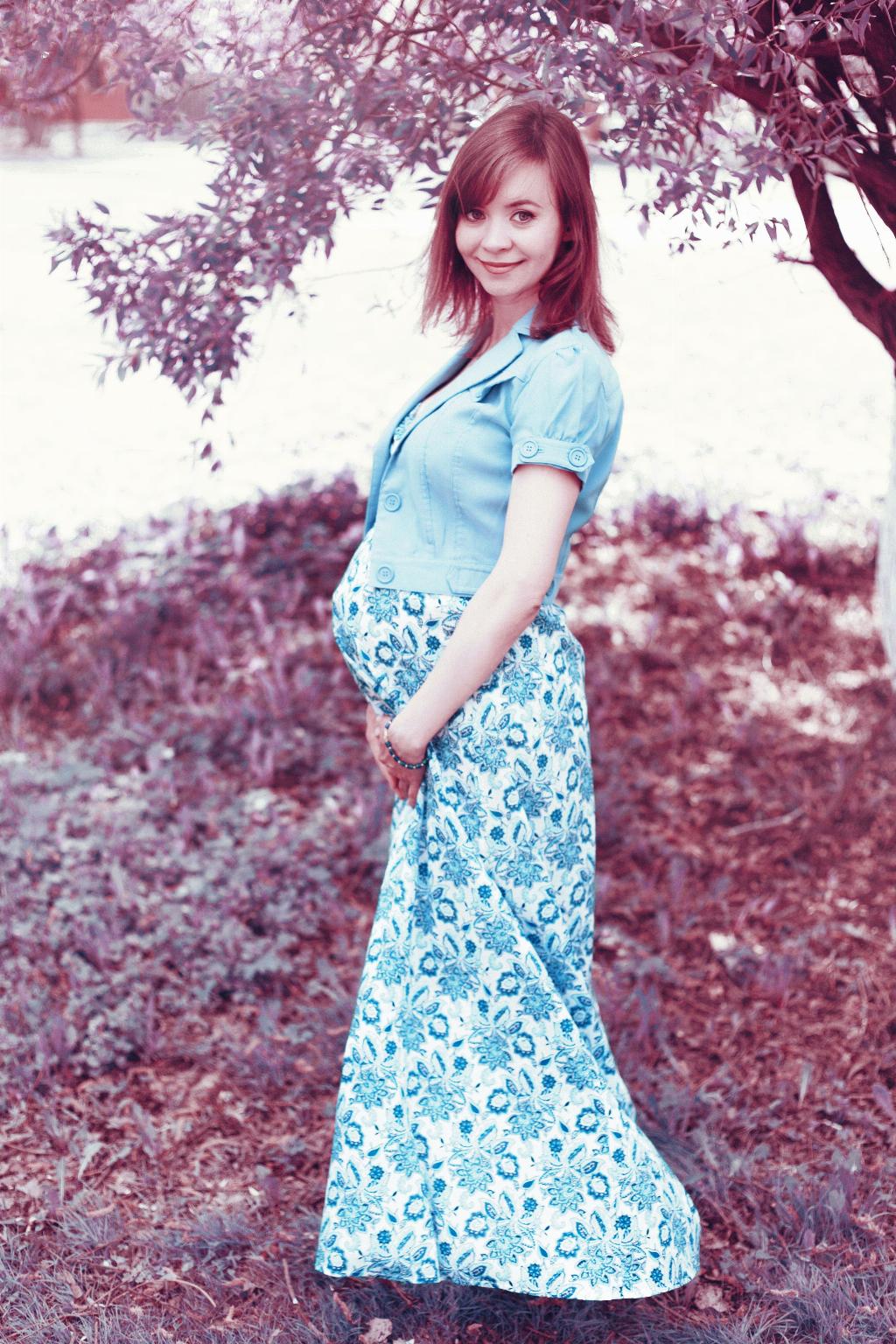During pregnancy, a woman’s body undergoes numerous physical changes, one of the most noticeable being the transformation of her belly. As the baby grows and the uterus expands, the shape and size of the belly can vary significantly from one woman to another. Let’s explore the different types of belly shapes that women may experience during pregnancy.
The ‘B’ Shape Belly
One common belly shape during pregnancy is often referred to as the ‘B’ shape. This shape is characterized by a more rounded appearance with a noticeable protrusion at the front of the abdomen. Many women experience this shape in the early stages of pregnancy, typically during the first trimester as the uterus begins to grow.
The ‘D’ Shape Belly
As pregnancy progresses, some women may notice a shift in their belly shape from the ‘B’ shape to a ‘D’ shape. The ‘D’ shape belly is characterized by a slight flattening at the front with a fuller appearance at the sides. This shape change may occur as the baby continues to grow and the uterus expands further.
The High Belly
Another common belly shape during pregnancy is the high belly. This shape is characterized by the baby positioning itself higher up in the abdomen, giving the belly a more elevated appearance. Women with a high belly may experience more discomfort under the ribs due to the pressure exerted by the growing baby.
The Low Belly
On the other hand, some women may have a low belly shape during pregnancy. The low belly is characterized by the baby positioning itself lower in the abdomen, closer to the pelvis. This shape may result in the belly appearing more pronounced at the lower abdomen, and women may experience increased pressure in the pelvic area.
The ‘B’ to ‘D’ to ‘E’ Belly Transition
It’s important to note that the belly shape during pregnancy is not fixed and may change as the pregnancy progresses. Some women may even transition from a ‘B’ shape to a ‘D’ shape and eventually to an ‘E’ shape as the baby grows and the uterus expands to accommodate the growing fetus. Each woman’s body is unique, and the belly shape can vary significantly from one pregnancy to another.
The ‘E’ Shape Belly
Women who have multiple pregnancies or are carrying larger babies may experience what is known as an ‘E’ shape belly. This shape is characterized by a more pronounced protrusion at the front of the abdomen, with a fuller appearance at the sides. Women with an ‘E’ shape belly may also experience more stretching of the abdominal muscles and skin.
Factors Influencing Belly Shape
Several factors can influence the shape of the belly during pregnancy, including the position of the baby, the mother’s body type, the number of fetuses, and the strength of the abdominal muscles. It’s important for women to listen to their bodies, stay active, and maintain a healthy lifestyle to support the changes that occur during pregnancy.
Tips for Managing Belly Changes
While the changes in belly shape during pregnancy are natural and inevitable, there are steps that women can take to manage their belly changes. Engaging in prenatal exercises, wearing supportive maternity clothing, practicing good posture, and staying hydrated can all help alleviate discomfort and support the changing belly shape throughout pregnancy.
Conclusion
In conclusion, the pregnant belly can come in various shapes and sizes, each unique to the individual woman and pregnancy. Embracing the changes in belly shape during pregnancy as a natural part of the journey to motherhood can help women appreciate the beauty and miracle of pregnancy. By understanding the different types of belly shapes and supporting their bodies through these changes, women can navigate the joys and challenges of pregnancy with confidence and grace.

